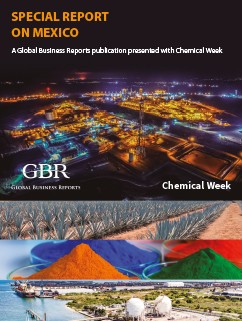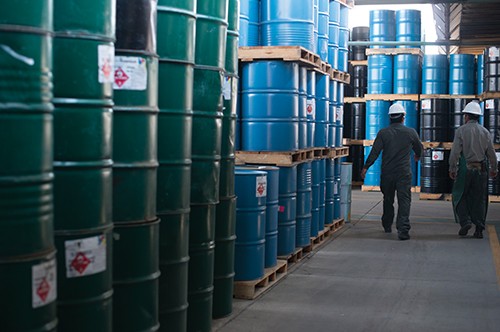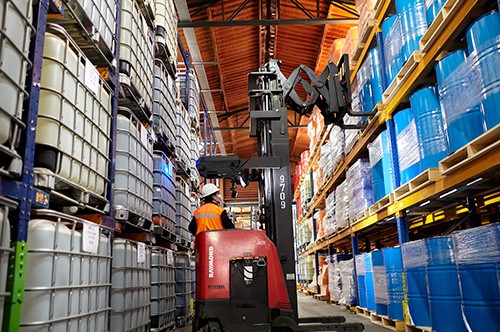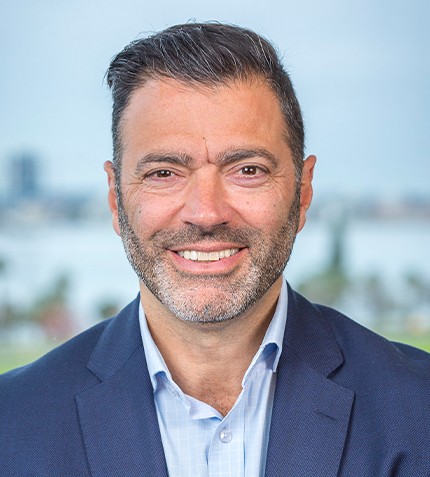
PUBLICATION
Mexico Chemicals 2022 IHS CW Release
Supply chain and logistics bottlenecks characterized 2021 and highlighted the importance of strengthening local production. In Mexico, the re-regionalization of supply chains offers a golden opportunity to take advantage of the country’s inherent advantages – its geographical location, an abundance of young talent, and competitive labor costs. However, a lack of feedstock supplied by Pemex has resulted in Mexico becoming a net importer of petrochemical products, which has constrained chemical industry growth.
In 2022, the government’s proposed constitutional reform that aims to give a greater share of electricity production to the CFE (Federal Electricity Commission) is the latest in a line of actions that demonstrate a clear policy of energy sovereignty. On the other hand, the announcement that Pemex will work with Braskem Idesa to build a US$400 million ethane import terminal, provides a blueprint for the type of public/private partnership that can help Mexico rejuvenate a sector that is becoming increasingly relevant in the energy transition.
Perhaps the biggest theme uniting the sector is the inevitable rise of sustainability-driven products and investments. In this sense, Mexico’s private sector is swimming with the current, as a global transformation in the chemical sector takes place led by consumer trends for greener products.













